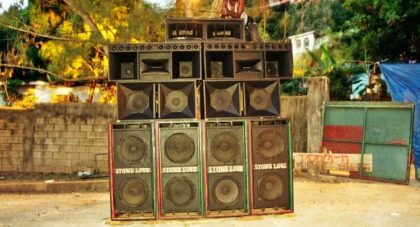It has to be intimidating - building a legacy. The shadow that Uncle Tupelo has cast across the alt.country genre for the past 20 years is an enormous one, no matter what your opinion about their music. It's Jay Farrar who seems to have lived most in the wake of his former band, at least critically. New projects from Farrar are still - though not nearly as often - dragged through the comparison process against . . .
Only the good shit. Aquarium Drunkard is powered by its patrons. Keep the servers humming and help us continue doing it by pledging your support.
To continue reading, become a member or log in.


